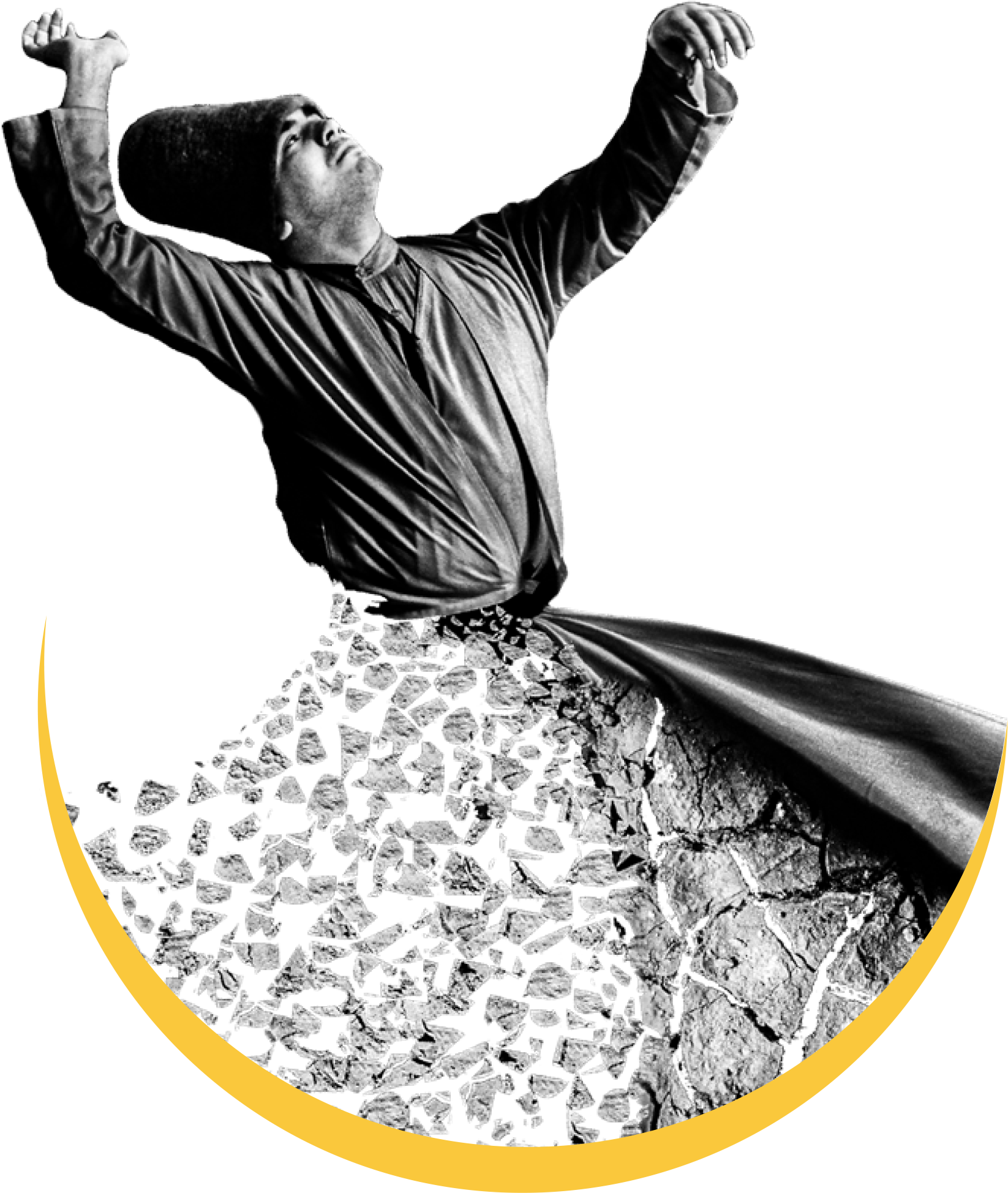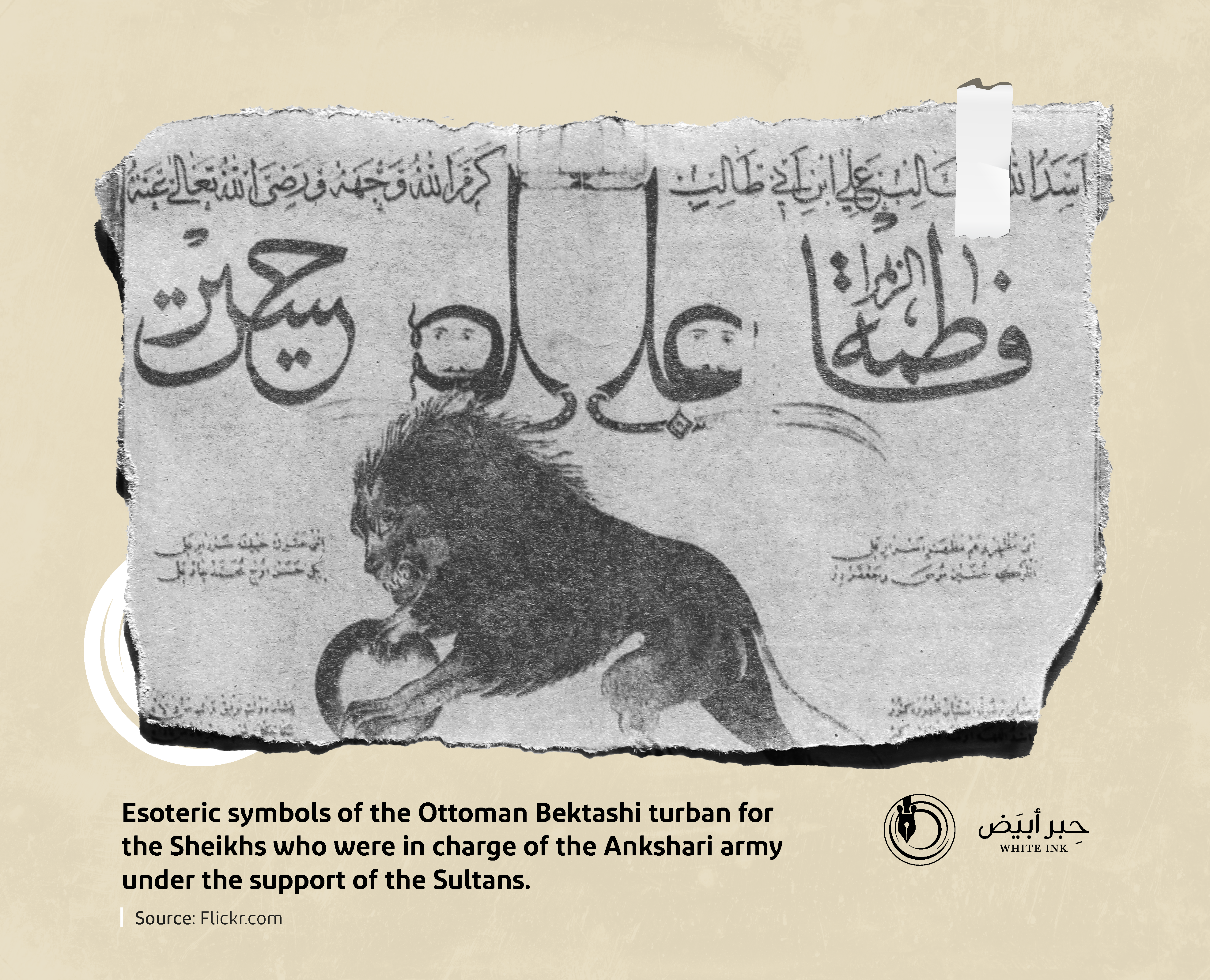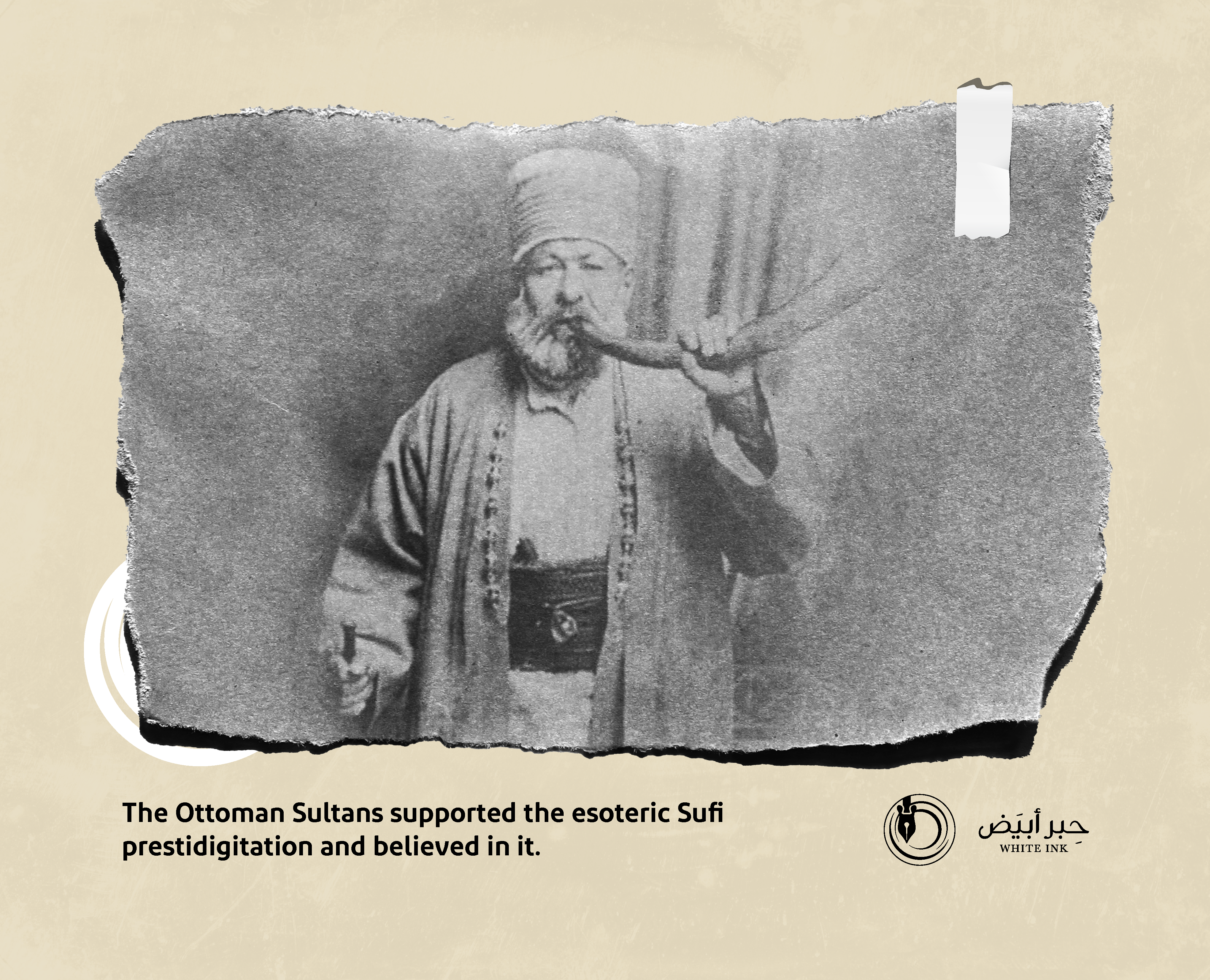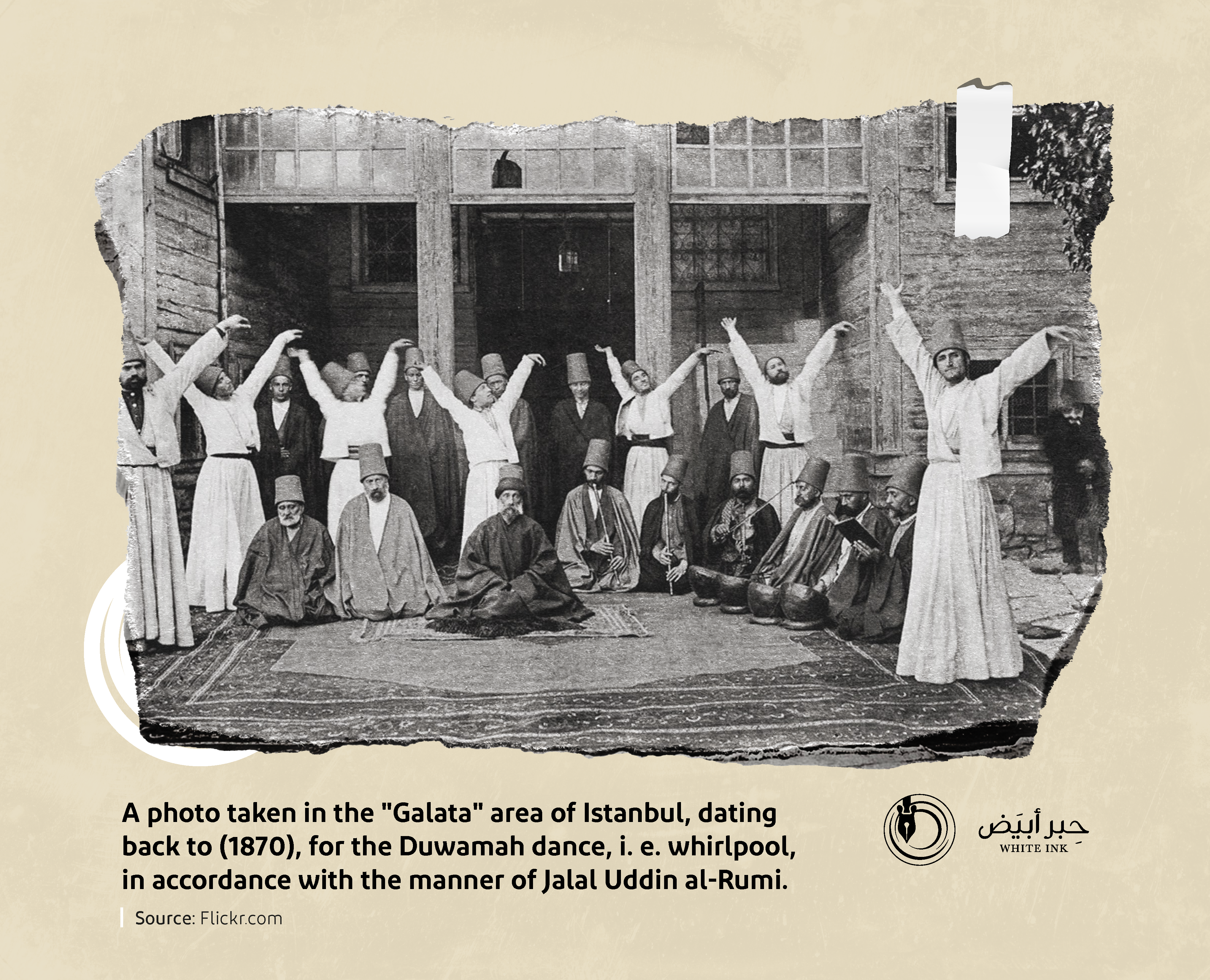
Influenced by Persian Thought
"Popular" Anatolian Islam
A Mixture of Ancient Beliefs
Ancient beliefs and their myths produced a perverse spin on Islam in Anatolia.

The Anatolians refused to leave their social standpoints and their cultural influences related to beliefs about nature.

Shamanism
One of the beliefs rooted in Central Asia and Siberia, it is not considered a religion but rather a group of rituals and beliefs associated with a group of different and disparate religions, Shamanism revolves around concepts and ideas related to the flight of spirits, prophecies, and the treatment of diseases. Shamanism also emphasizes an important social principle, represented in the association with the clan or human groups that are bound by one unit, and this principle is compatible with the first social nature of the Turk and is linked to their cultural heritage.
Reference:
Inas Saadi and Usama Adnan, Russia's Religious History from Paganism to Christianity (D.M: Ashurbanipal bookstore, 2019).
Burhamia
Burhamia and its beliefs are represented in the teachings of the upper and priestly classes of the Hindu religion, and Burhamia is the highest class of Indian society, with its own rituals, prayers and remembrance. And it was one of the beliefs that influenced the Turk, like other religions and beliefs.
Reference:
Gustav Le Bon, The Civilization of India, translated by Adel Zuaiter (Cairo: The Hindawi Foundation, 2014).
Manichaeism
Manichaeism emerged from the womb of Persian Magianism, attributed to Mani the Persian, who is said to have been born in 216 AD, and he claimed prophethood, and that the revelation came to him at an early age when he was 12 years old, and his ideas were a mixture between Zoroastrianism, Buddhism, Judaism and Christianity, and he tried to make for himself a holy book as the Gospel. Manichaeism was one of the earliest beliefs and ideas influenced by the Turk of Persian culture.
Reference:
Gustav Le Bon, The Civilization of India, translated by Adel Zuaiter (Cairo: The Hindawi Foundation, 2014).


With Tambourine and Dancing
The Ottoman Dogmatism:
This who has no Sheikh to follow, his Sheikh will be “Satan”
“Sufism” was the under the Sultanic will.... And the Sultans supported its mysticism.

The Ottoman “dervish” believed that it came to complete the spiritual aspect of Islam.


By the admission of the Turkish historian, “Inalcik”
“Mysticism” is a common denominator
of the Sufi Order
They were preoccupied with a standing place of Irfan, revealing unseen facts and obtaining Karamat.

The Multiplicity and diversity of “Order” found a fertile environment in Anatolia.







